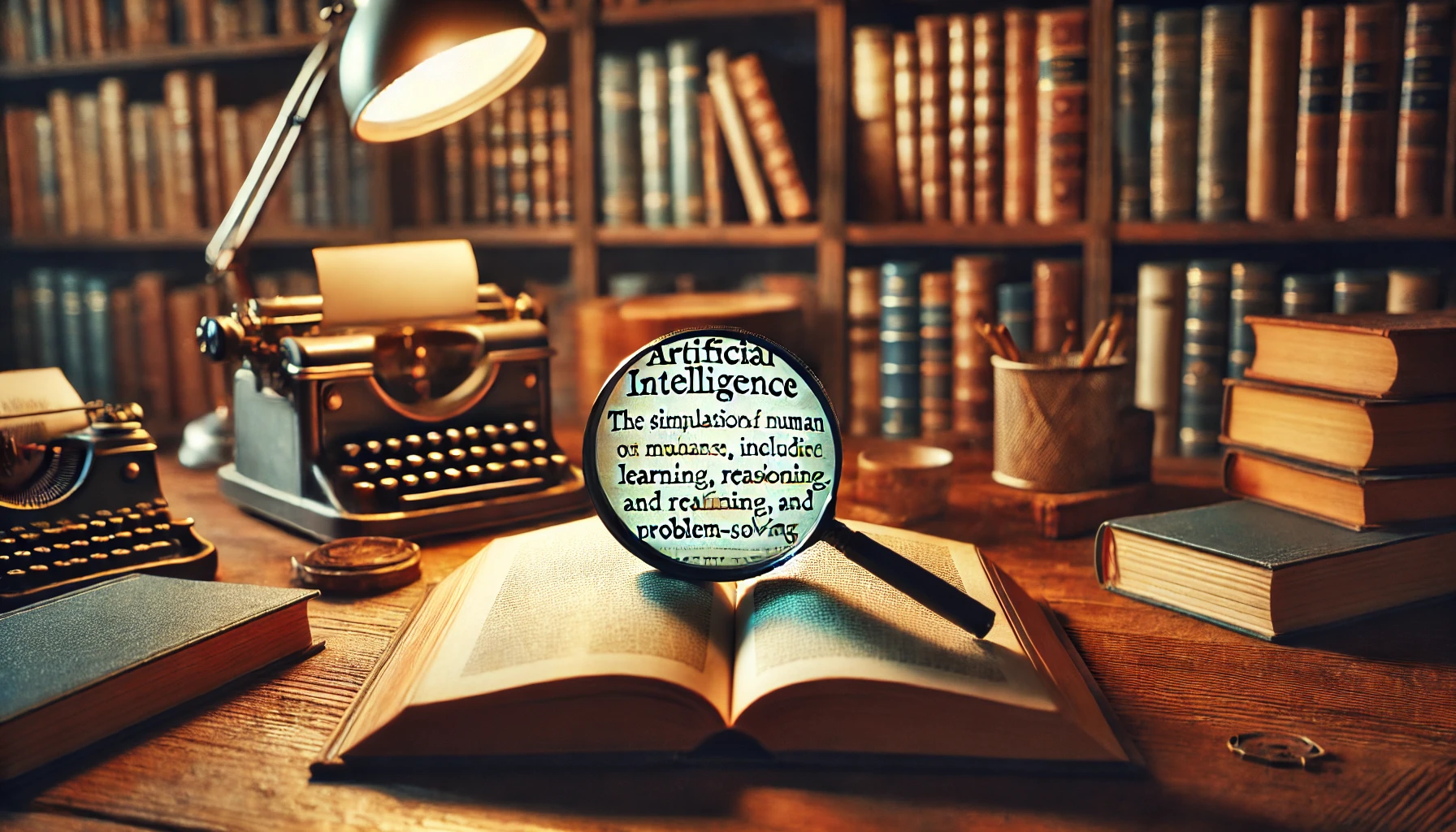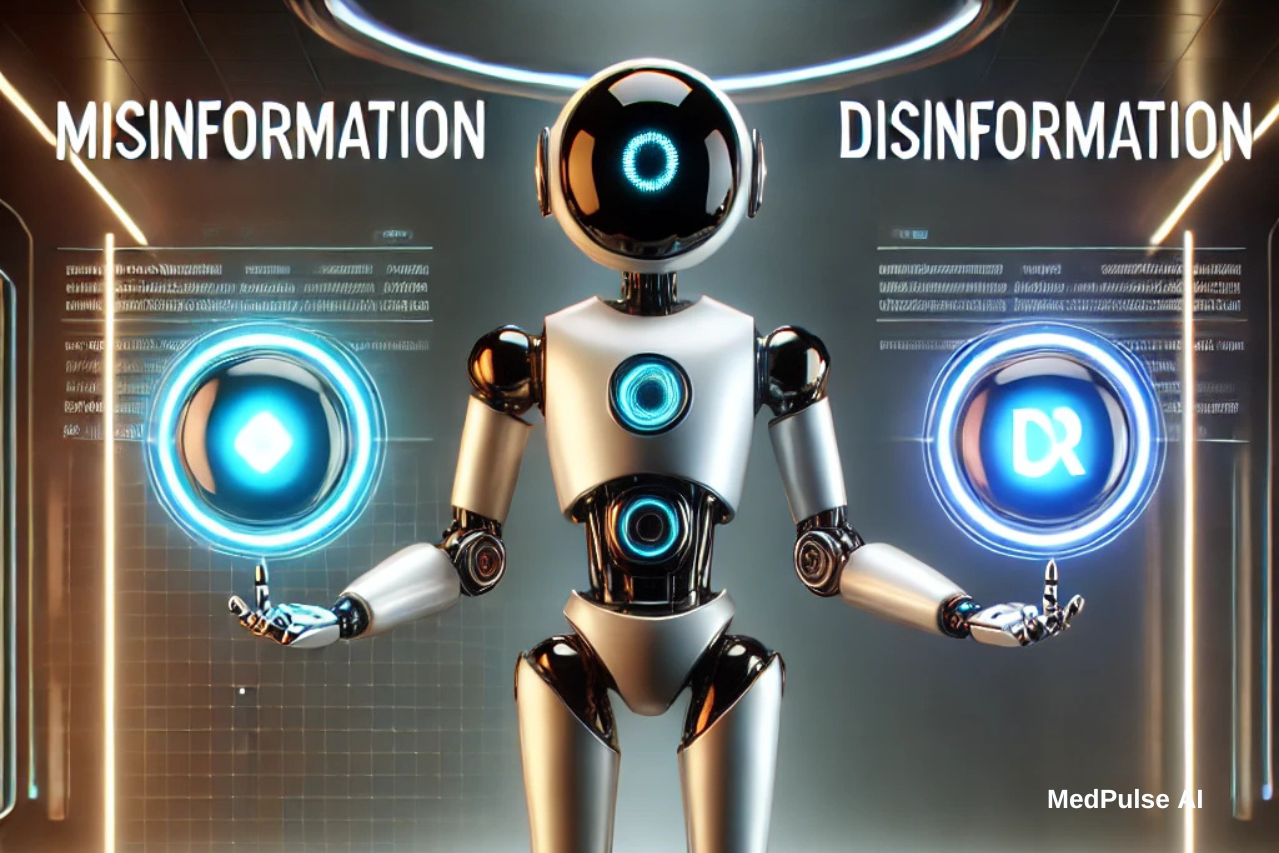We’ve put together a comprehensive list of AI terms to help you, especially if you’re new to the world of artificial intelligence, feel more comfortable and confident using and understanding this technology. Understanding key AI terms is the first step in demystifying this evolving field. By familiarizing yourself with foundational concepts like machine learning, neural networks, and natural language processing, as well as more advanced but increasingly relevant terms like reinforcement learning, GANs, and explainable AI, you’ll gain the knowledge to participate in conversations about AI with ease.
This not only empowers you to explore AI applications in your work and daily life but also ensures that you understand what these terms mean when you encounter them in the media or in professional environments. With a solid grasp of these terms, AI becomes less intimidating and more of a tool that can be embraced with confidence and curiosity.
- Definition: The simulation of human intelligence in machines that are designed to think, learn, and make decisions.
- Origin: Coined by John McCarthy in 1956 during the Dartmouth Conference.
- Definition: A subset of AI where algorithms learn from data to improve their performance over time without explicit programming.
- Origin: Term introduced by Arthur Samuel in 1959.
- Definition: A type of machine learning that uses neural networks with many layers (deep) to model complex patterns in data.
- Origin: Emerged in the 1980s but gained traction with advances in computational power in the 2000s.
- Definition: Computational models inspired by the human brain’s structure, used to recognize patterns in data.
- Origin: Introduced by Warren McCulloch and Walter Pitts in 1943.
- Definition: AI techniques used to interpret and manipulate human language, such as text and speech.
- Origin: Developed as a field in the 1950s with early machine translation experiments.
- Definition: A machine learning approach where the model is trained using labeled data.
- Origin: A key methodology in machine learning since the early days of AI.
- Definition: Machine learning that finds hidden patterns in data without labeled outcomes.
- Origin: Evolved as a core component of AI in the late 20th century.
- Definition: AI that can create new data, such as text, images, or music, by learning from existing data.
- Origin: Gained popularity with advances in models like GANs (Generative Adversarial Networks) in 2014.
- Definition: A step-by-step procedure for calculations, data processing, and automated reasoning.
- Origin: Named after Persian mathematician Al-Khwarizmi, whose works influenced the concept of algorithms.
- Definition: A method where an AI agent learns by interacting with its environment and receiving rewards or penalties.
- Origin: Gained attention with work by Richard Sutton and Andrew Barto in the 1980s.
- Definition: The data used to train AI models so they can learn to perform specific tasks.
- Origin: A fundamental concept in machine learning since its inception.
- Definition: Data used to evaluate the performance of an AI model after it has been trained.
- Origin: Integral to machine learning to assess the generalization of models.
- Definition: When an AI model learns the training data too well, including noise, and performs poorly on new data.
- Origin: Recognized as a common problem in AI since the 1980s.
- Definition: When an AI model is too simple to capture the underlying patterns in data, leading to poor performance.
- Origin: Also a core challenge in AI, recognized in early machine learning research.
- Definition: Models composed of layers of interconnected "neurons" that mimic the functioning of the human brain to process information.
- Origin: Conceptualized in 1943 and became popular in AI research in the 1980s.
- Definition: A training algorithm for neural networks that adjusts weights based on the error of predictions.
- Origin: Popularized by Geoffrey Hinton and others in the 1980s.
- Definition: A type of neural network particularly effective for analyzing visual data, such as images.
- Origin: Introduced by Yann LeCun in 1998 for image recognition tasks.
- Definition: A type of neural network designed to process sequences of data, such as time series or language.
- Origin: Developed in the 1980s, widely used in speech and language processing.
- Definition: A special type of RNN designed to remember information for long periods.
- Origin: Introduced by Sepp Hochreiter and Jürgen Schmidhuber in 1997.
- Definition: A model where two neural networks (a generator and a discriminator) compete, leading to the creation of realistic synthetic data.
- Origin: Proposed by Ian Goodfellow in 2014.
- Definition: Using a pre-trained model as the starting point for a new, related task, improving efficiency and performance.
- Origin: Gained attention in the 2000s as AI models became more sophisticated.
- Definition: An optimization algorithm used to minimize the error in AI models by adjusting their parameters.
- Origin: A long-standing concept in optimization, used in AI since the 1980s.
- Definition: A version of gradient descent that updates parameters after each training example, improving speed.
- Origin: Gained popularity in machine learning in the 2000s.
- Definition: Parameters that control the training process of AI models (e.g., learning rate, batch size).
- Origin: A key concept in AI model optimization since the 1980s.
- Definition: Techniques used to prevent overfitting in AI models by adding penalties for complexity.
- Origin: Developed as a common method to improve model generalization in the 1980s.
- Definition: One complete pass through the entire training dataset by the learning algorithm.
- Origin: A fundamental term in AI training processes, used since the inception of machine learning.
- Definition: The number of training examples used in one iteration of model training.
- Origin: Used in the training of neural networks and machine learning models.
- Definition: A mathematical function that determines the output of a neural network layer, introducing non-linearity.
- Origin: Concepts like sigmoid, tanh, and ReLU have been widely used since the 1980s.
- Definition: A popular activation function used in neural networks that outputs the input directly if positive, otherwise zero.
- Origin: Introduced in 2011, leading to breakthroughs in deep learning.
- Definition: A regularization technique where random neurons are ignored during training to prevent overfitting.
- Origin: Introduced by Geoffrey Hinton in 2012.
- Definition: A type of neural network used for unsupervised learning to compress and reconstruct data.
- Origin: Popularized in the 2010s for applications like anomaly detection and data compression.
- Definition: The process of selecting, modifying, or creating features from raw data to improve model performance.
- Origin: A core practice in machine learning since its early days.
- Definition: Variables that are not directly observed but inferred from other variables in models.
- Origin: A term widely used in statistics and AI since the 20th century.
- Definition: Techniques used to reduce the number of features in a dataset while retaining important information.
- Origin: Techniques like PCA (Principal Component Analysis) have been used since the early days of AI.
- Definition: A statistical technique used to simplify data by transforming it into principal components.
- Origin: Developed by Karl Pearson in 1901 but applied in AI in the 20th century.
- Definition: A supervised learning algorithm used for classification tasks by finding the hyperplane that best separates classes.
- Origin: Developed by Vladimir Vapnik in the 1990s.
- Definition: A systematic error introduced into AI models due to the training data or algorithm design.
- Origin: Recognized in machine learning and statistics since the mid-20th century.
- Definition: The sensitivity of a model to changes in the training data, leading to variability in predictions.
- Origin: A concept from statistics that plays a key role in AI model evaluation.
- Definition: The balance between bias and variance that must be managed to create a good-performing AI model.
- Origin: A core concept in machine learning.
- Definition: A technique used to represent categorical variables as binary vectors in machine learning models.
- Origin: A widely used method in data preprocessing since the 1990s.
- Definition: The process of splitting text into individual words or phrases (tokens) for NLP tasks.
- Origin: A basic preprocessing step in NLP, used since the 1960s.
- Definition: A type of deep learning model used in NLP tasks that leverages attention mechanisms to process input data efficiently.
- Origin: Introduced by Vaswani et al. in 2017, leading to breakthroughs in NLP.
- Definition: A pre-trained NLP model developed by Google that captures the context of words in relation to others in a sentence.
- Origin: Released by Google in 2018.
- Definition: A model developed by OpenAI that generates human-like text, used in conversational AI and text generation.
- Origin: Released by OpenAI in 2018, with subsequent versions like GPT-3 in 2020.
- Definition: A test proposed by Alan Turing to assess whether a machine exhibits intelligent behavior indistinguishable from a human.
- Origin: Proposed by Alan Turing in 1950.
- Definition: A technique used in neural networks, especially in NLP, that allows models to focus on specific parts of input data.
- Origin: Introduced by Bahdanau et al. in 2014.
- Definition: An algorithm that converts words into vectors, enabling AI models to understand their relationships.
- Origin: Introduced by Google in 2013.
- Definition: Representations of words or data points in continuous vector space, useful for NLP and other tasks.
- Origin: Became popular with word2vec in 2013.
- Definition: A hypothetical point where AI surpasses human intelligence, leading to exponential advances in technology.
- Origin: Popularized by futurists like Ray Kurzweil.
- Definition: AI systems designed to provide human-interpretable explanations for their decisions, increasing transparency and trust.
- Origin: Gained attention in the late 2010s as AI systems became more complex.



